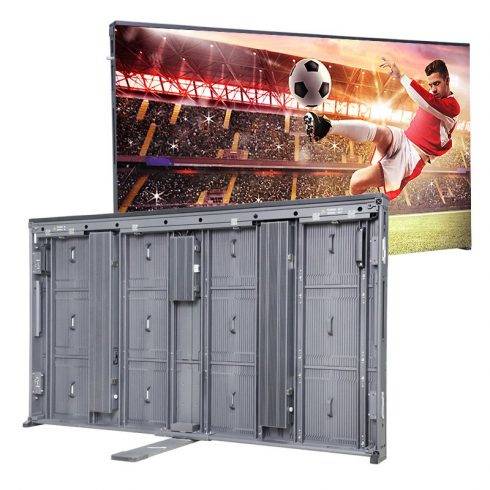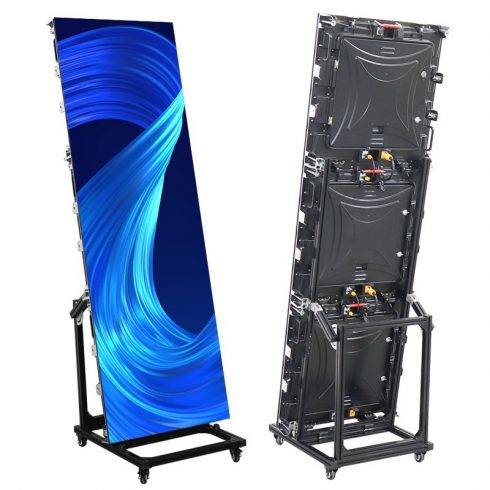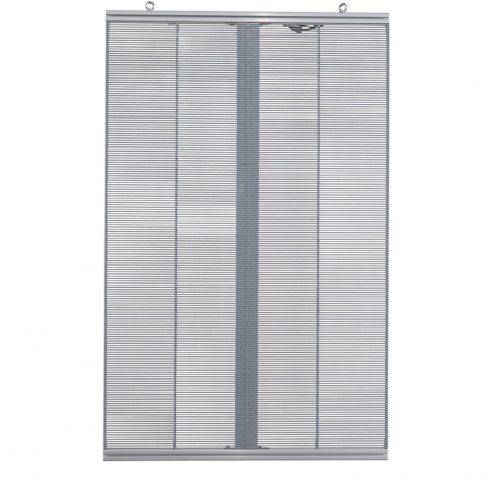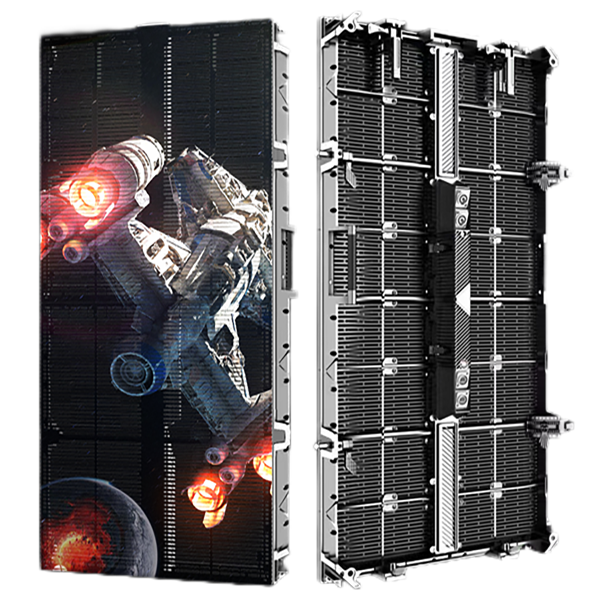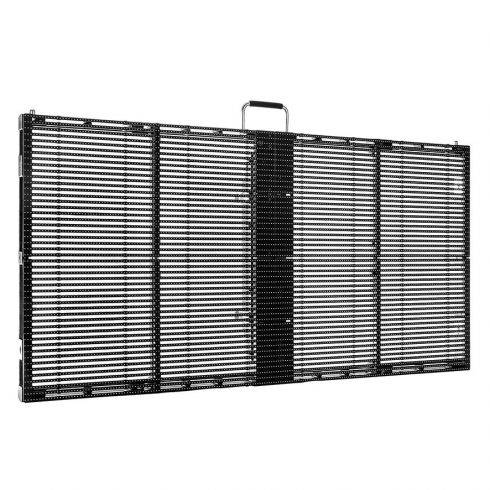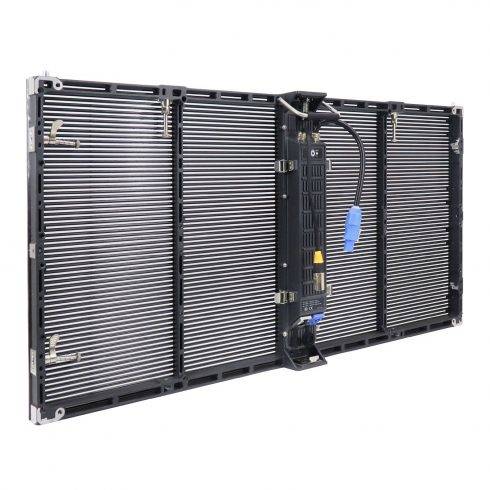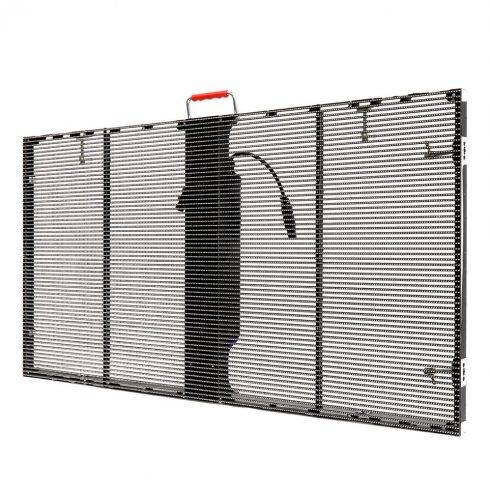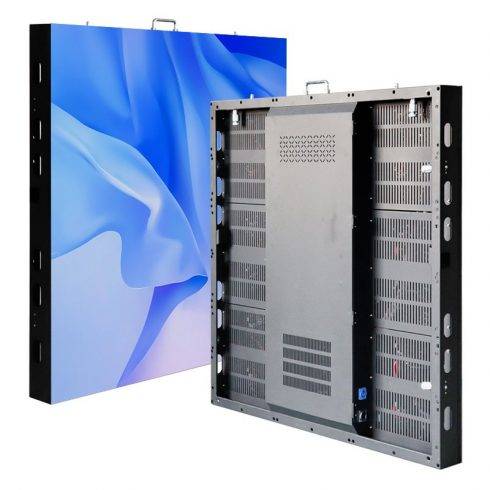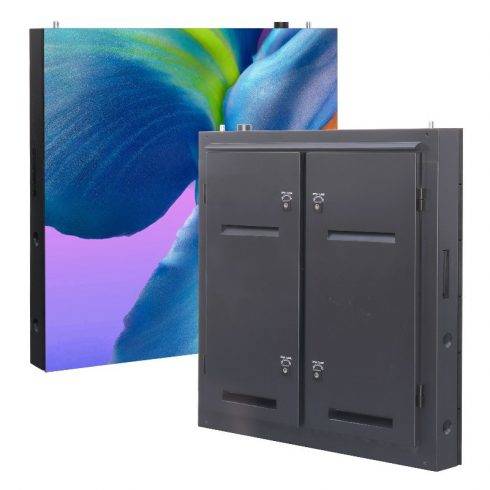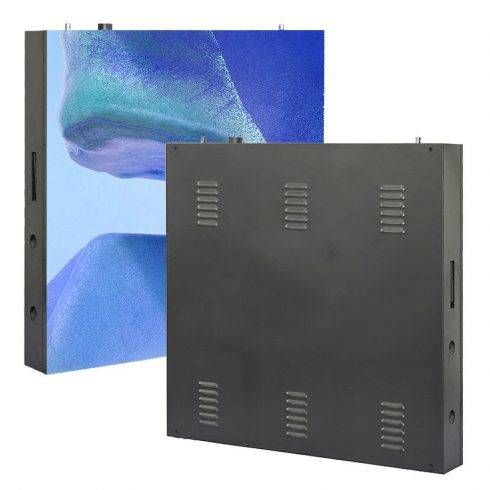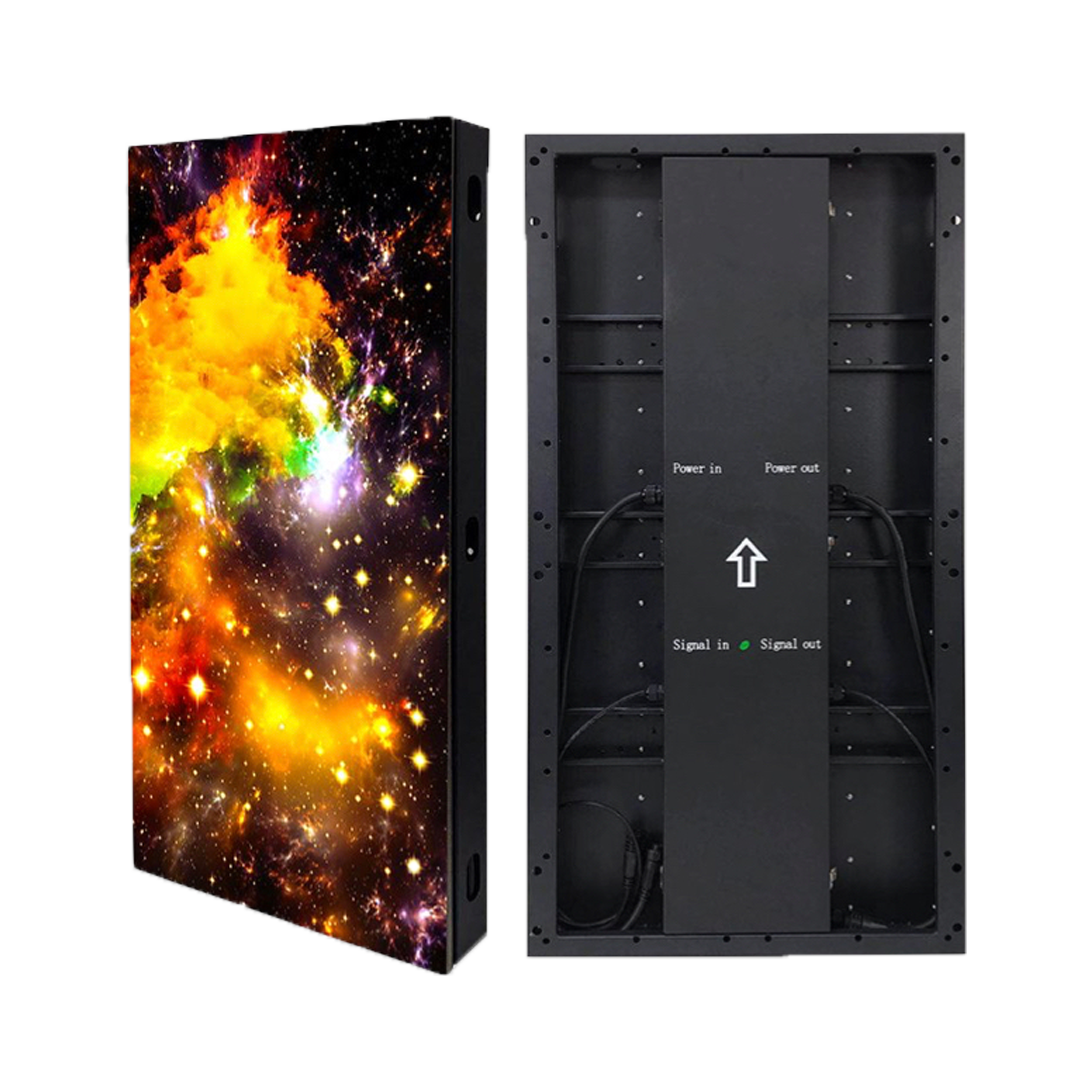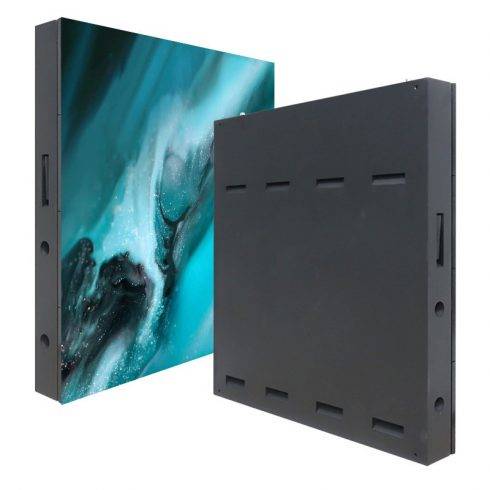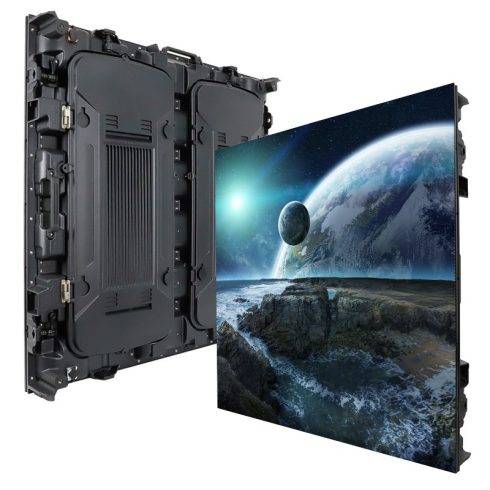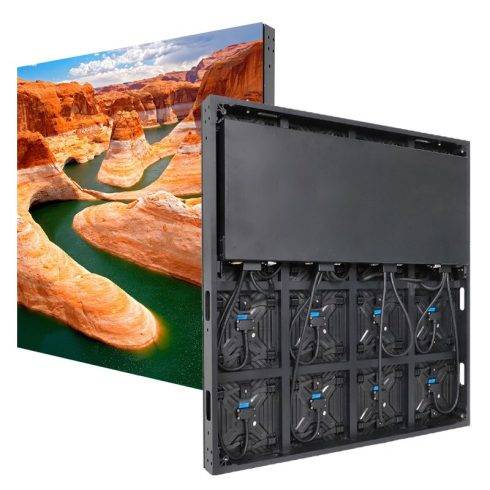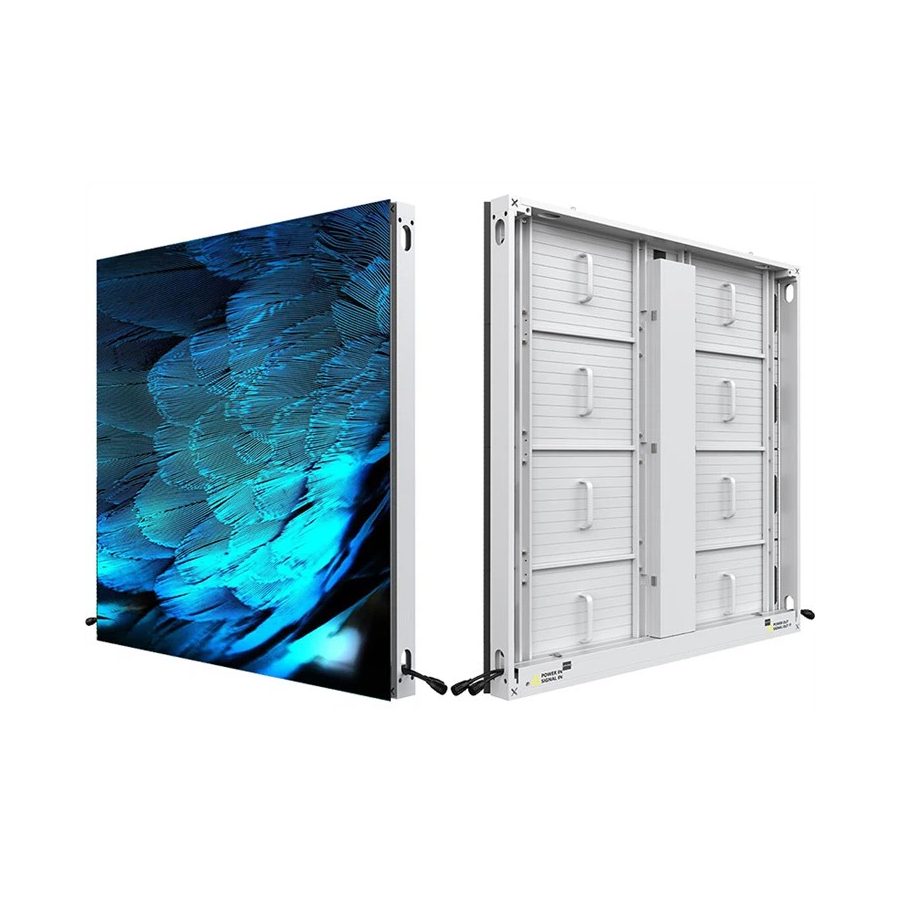In the digital age, the way businesses, organizations, and events communicate with the public has transformed. Outdoor LED displays, once limited to basic signage, have evolved into powerful tools for dynamic communication, capable of conveying vibrant, real-time content. These screens have become essential for businesses, municipalities, and venues seeking to attract attention, deliver messages, and enhance experiences in outdoor settings.
Let’s explore the many benefits of outdoor LED displays, how to properly install them, and some of the creative ways they can be used to elevate communication and engagement.
1. Benefits of Outdoor LED Displays
A. High Visibility in Any Condition
Outdoor LED displays are designed for maximum brightness, ensuring that content remains visible even in direct sunlight or adverse weather conditions. Unlike traditional billboards or static signs, which can fade or become hard to read, LED displays maintain their clarity and vibrancy regardless of the time of day or weather. This high visibility makes them an ideal choice for busy urban environments, highways, or high-traffic areas where grabbing attention is crucial.
B. Dynamic and Flexible Content
One of the standout features of outdoor LED screens is their ability to display dynamic content. Whether it’s video, images, animations, or text, LED screens can cycle through multiple pieces of content in real time. This flexibility allows businesses and organizations to update messaging instantly without the need for physical replacements, which is particularly valuable for time-sensitive promotions, events, or public service announcements.
Unlike traditional static signs, outdoor LED displays can change based on the time of day, audience demographics, or even weather conditions. For example, a restaurant could show breakfast specials in the morning, lunch deals in the afternoon, and dinner promotions in the evening, all from the same screen.
C. Cost-Effective in the Long Term
While outdoor LED displays can require a higher initial investment than traditional signage, they offer significant long-term cost savings. Because content can be updated digitally, there is no need for printing, labor, or installation costs each time a message changes. Additionally, LED technology is energy-efficient, reducing operational costs compared to older lighting technologies such as neon or fluorescent.
D. Environmentally Friendly
Sustainability is a growing concern for businesses and organizations worldwide. Outdoor LED displays contribute to environmental goals by reducing paper waste and the need for constant printing and physical signage updates. Moreover, modern LED screens are energy-efficient, consuming far less power than traditional outdoor lighting systems, helping reduce overall energy consumption.
E. Durability and Longevity
Outdoor LED displays are built to withstand the elements, making them ideal for long-term use in any environment. These displays are designed with weatherproof materials to resist rain, wind, snow, and extreme temperatures, ensuring they last for many years. Additionally, LED technology has a longer lifespan compared to other lighting systems, reducing the need for frequent replacements.
2. Key Considerations for Installation
A. Location and Placement
The success of an outdoor LED display heavily depends on its placement. Choosing a location with high visibility, such as a busy street, highway, or main public square, will ensure maximum exposure. Additionally, the angle of the screen is crucial for optimal viewing. The display should be positioned in a way that can be easily seen by people at various distances and from different angles.
It’s also important to consider the surroundings. For example, an outdoor LED display in an area with lots of competing signage or bright lights may need to be larger or more vibrant to stand out. A clear line of sight, free from obstructions like trees or buildings, is essential for maximizing the display’s effectiveness.
B. Size and Resolution
The size of the outdoor LED screen should be determined by the viewing distance and the location. For large areas or busy intersections, a bigger screen with a high resolution will ensure the content is clear and impactful, even from far away. Conversely, for closer viewing distances, such as on a pedestrian street, a smaller screen with a slightly lower resolution may suffice without losing clarity.
The pixel pitch, which refers to the distance between pixels, is another important factor to consider. A smaller pixel pitch offers higher resolution, making the content appear sharper, especially when viewed up close.
C. Structural Considerations
Installing an outdoor LED display requires careful planning to ensure it is properly supported and secured. Depending on the size and location, you may need to build a custom structure to hold the screen, ensuring it can withstand wind, rain, and other weather conditions. Professional installation teams should be hired to ensure that all structural and electrical requirements are met for safety and longevity.
D. Power and Connectivity
Outdoor LED displays require reliable power sources, as well as internet or data connectivity for remote content updates. Depending on the size of the display, energy requirements can vary, so it’s essential to have an adequate power supply and backup solutions in place to prevent downtime. For dynamic content updates, a stable internet connection ensures that you can control and update the display remotely, without needing to visit the site physically.
3. Creative Uses of Outdoor LED Displays
A. Digital Billboards
One of the most common applications of outdoor LED displays is digital billboards. Unlike traditional billboards, which require printed content that stays static for long periods, digital billboards allow advertisers to cycle through multiple messages. This makes it possible to share a variety of ads on the same screen, increasing revenue opportunities for billboard owners. It also offers advertisers the ability to launch time-sensitive campaigns, create interactive elements, or showcase real-time data.
B. Event and Venue Signage
Outdoor LED displays are often used for event and venue signage to provide guests with real-time information and entertainment. At sports stadiums, concerts, and festivals, these screens can show event schedules, live footage, advertisements, and more. They also enhance the overall attendee experience by providing instant updates, such as traffic information, emergency notifications, or promotional messages from event sponsors.
C. Public Information Displays
Cities and municipalities are increasingly adopting outdoor LED displays to share public information. Whether it’s emergency alerts, traffic updates, or community announcements, these screens are effective at quickly disseminating critical information to large groups of people. Public information screens can also display real-time weather updates, public transportation schedules, or important city news.
D. Retail Storefronts
Retailers are using outdoor LED displays to draw customers into their stores by showcasing products, promotions, or branded content. These screens can be programmed to change throughout the day, highlighting different products or seasonal offers to catch the attention of passersby. The ability to show videos, animations, and vibrant images creates an eye-catching storefront that’s more engaging than traditional window displays.
E. Art Installations and Creative Campaigns
Outdoor LED screens are increasingly being used for artistic purposes and creative marketing campaigns. For example, LED displays can feature interactive art installations where passersby can influence what’s shown on the screen through their actions or inputs. Creative campaigns may include countdowns to product launches, live social media feeds, or experiential advertising where the display reacts to external stimuli like weather or movement.
Conclusion
Outdoor LED displays have become an essential tool for businesses, municipalities, and event organizers looking to engage and communicate with large audiences in a dynamic, impactful way. With their high visibility, flexibility, and long-term cost-effectiveness, these displays offer countless possibilities for creative use across a variety of industries. Whether used for advertising, public service, or entertainment, outdoor LED displays are transforming how we interact with our environment, delivering real-time content that captivates and informs.
As this technology continues to advance, the creative potential of outdoor LED displays will only grow, offering even more opportunities to captivate audiences and enhance outdoor experiences.







